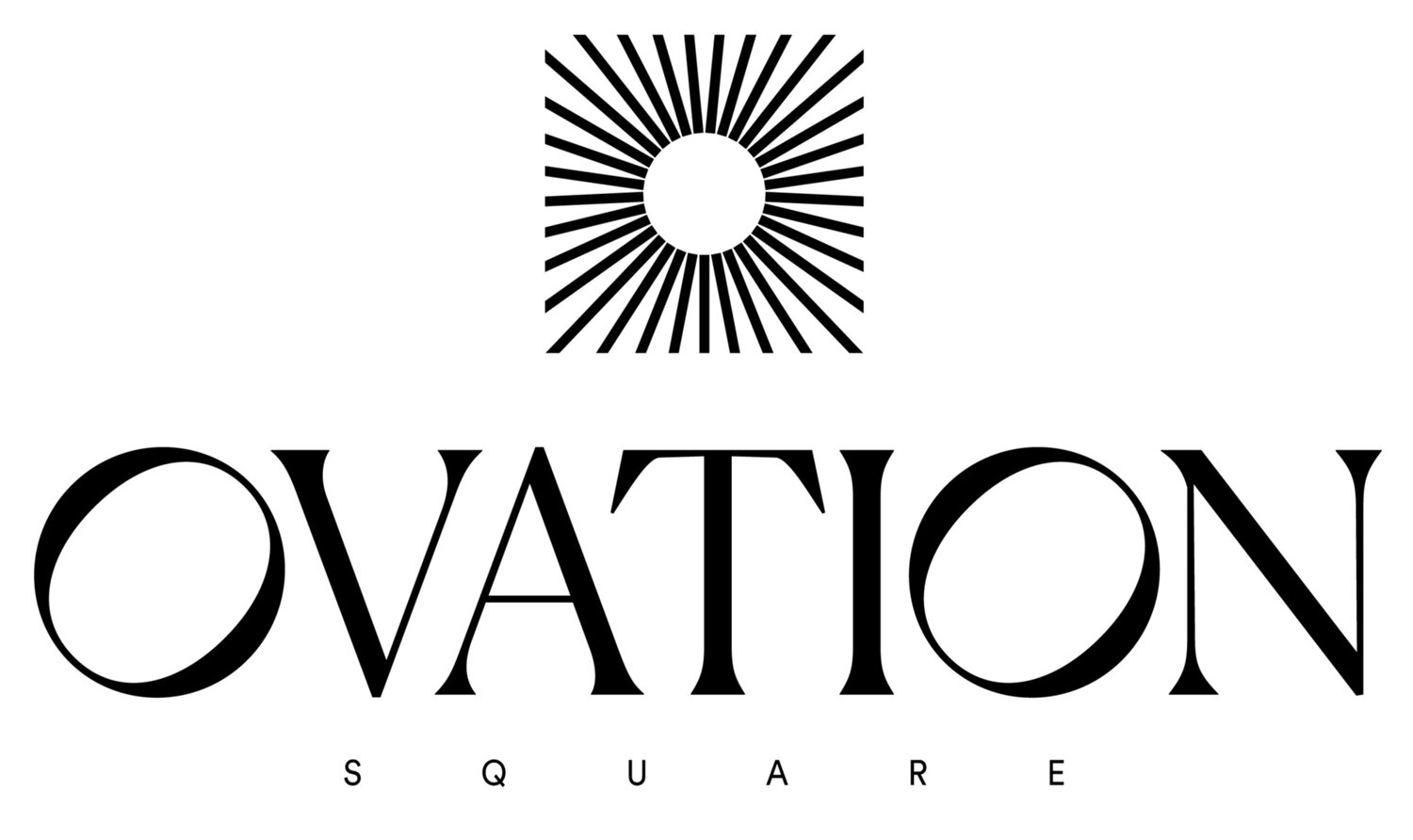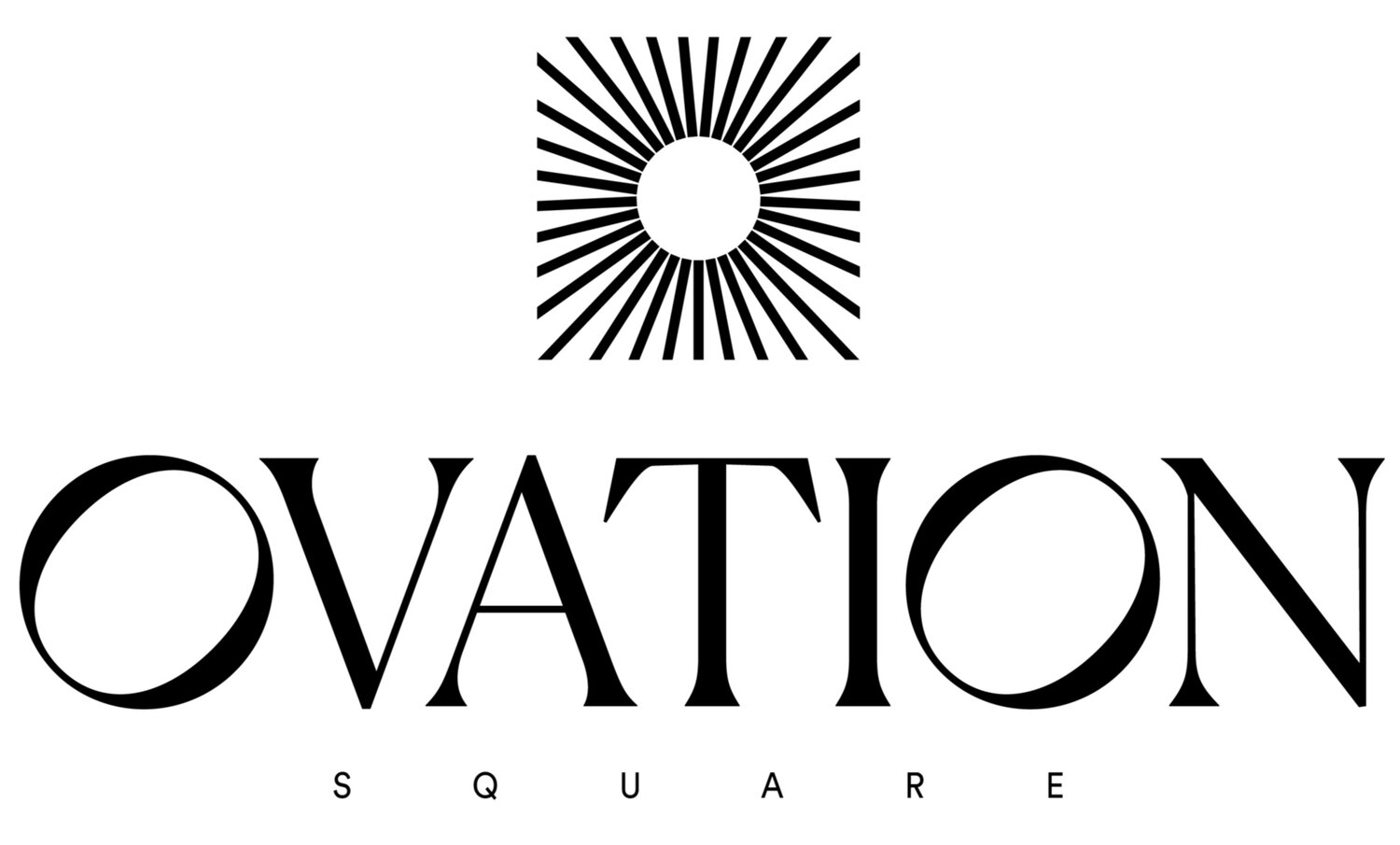How To Organize An Art Show Festival
An art festival is an event that showcases various forms of artwork such as paintings, sculptures, and photographs. These festivals attract a diverse audience, including art enthusiasts, collectors, and the general public. Organizing an art festival can be a daunting task, but with proper planning and execution, it can be a successful and memorable event.
What is an art festival?
An art festival is an event that celebrates different forms of artwork. It can be a one-day event or a week-long festival that showcases a range of artwork from local and international artists. Art festivals provide a platform for artists to showcase their work, and for the public to appreciate and purchase art.
Planning an art exhibition
Planning an art exhibition involves several critical steps, from selecting a theme to securing an appropriate venue. The exhibition's theme should be selected based on the type of artwork that will be displayed, such as abstract or contemporary art. Once the theme is selected, the next step is to choose an appropriate venue.
Event venues in Long Beach or indoor event venues near me are excellent options for hosting an art exhibition. These venues offer ample space to display the artwork and can accommodate a large number of guests. Art gallery space for rent near me is another option to consider, as it provides a more intimate setting and can be cost-effective. It is essential to choose a venue that aligns with the exhibition's theme and has the necessary amenities, such as lighting and display fixtures.
How to organize an art exhibition?
Organizing an art exhibition involves several critical steps that require attention to detail and effective communication. The first step is to create a budget and a timeline. The budget should include all costs associated with the exhibition, such as venue rental, artwork transportation, and marketing expenses. The timeline should include critical deadlines, such as the artwork submission deadline and the exhibition opening date.
The next step is to identify and invite artists to participate in the exhibition. This can be done through an open call for submissions or by selecting artists based on their style and reputation. Once the artists are selected, it is essential to provide them with clear guidelines on the artwork submission process and deadlines.
Marketing the art exhibition is crucial for its success. The marketing plan should include a mix of online and offline strategies, such as social media, email marketing, and print advertisements. The marketing should also highlight the exhibition's theme, participating artists, and any unique features of the exhibition.
On the day of the exhibition, it is essential to have a team of event planning experts to oversee the event's operations. The team should be responsible for managing the artwork display, coordinating with the artists, and ensuring the smooth flow of the event.
Objectives of an art exhibition
The objectives of an art exhibition are to showcase the artwork, support artists, and promote art appreciation. Art exhibitions provide artists with an opportunity to display their work and gain exposure to potential buyers and collectors. They also provide the public with a chance to appreciate and purchase art, which contributes to the growth of the art industry.
In conclusion, organizing an art exhibition requires careful planning and execution. Selecting an appropriate theme and venue, creating a budget and timeline, and effective marketing are all critical components of a successful art exhibition. Working with event planning experts can make the process smoother and more efficient. With proper planning and execution, an art exhibition can be a memorable and successful event that promotes art appreciation and supports artists.
Frequently Asked Questions
Q: What is an art festival?
A: An art festival is an event that showcases various forms of art, such as paintings, sculptures, photographs, and performances. Art festivals can range from small local events to large international exhibitions.
Q: What are the steps involved in planning an art exhibition?
A: The steps involved in planning an art exhibition typically include setting a theme, identifying and contacting artists, selecting artwork, securing a venue, designing the layout, marketing the event, and managing logistics and operations.
Q: How do you organize an art exhibition?
A: To organize an art exhibition, you need to identify your goals and objectives, select a theme, identify potential artists and artwork, secure a venue, develop a budget, create a timeline, design the layout, promote the event, and manage logistics and operations.
Q: What are the objectives of an art exhibition?
A: The objectives of an art exhibition can vary, but typically include showcasing and promoting artwork, supporting and promoting artists, engaging and educating the community, and generating revenue for artists and organizers.
Q: What are some key factors to consider when planning an art exhibition?
A: When planning an art exhibition, it is important to consider factors such as the theme and focus of the exhibition, the target audience, the artwork and artists, the venue and location, the budget and funding sources, marketing and promotion strategies, and logistics and operations.


